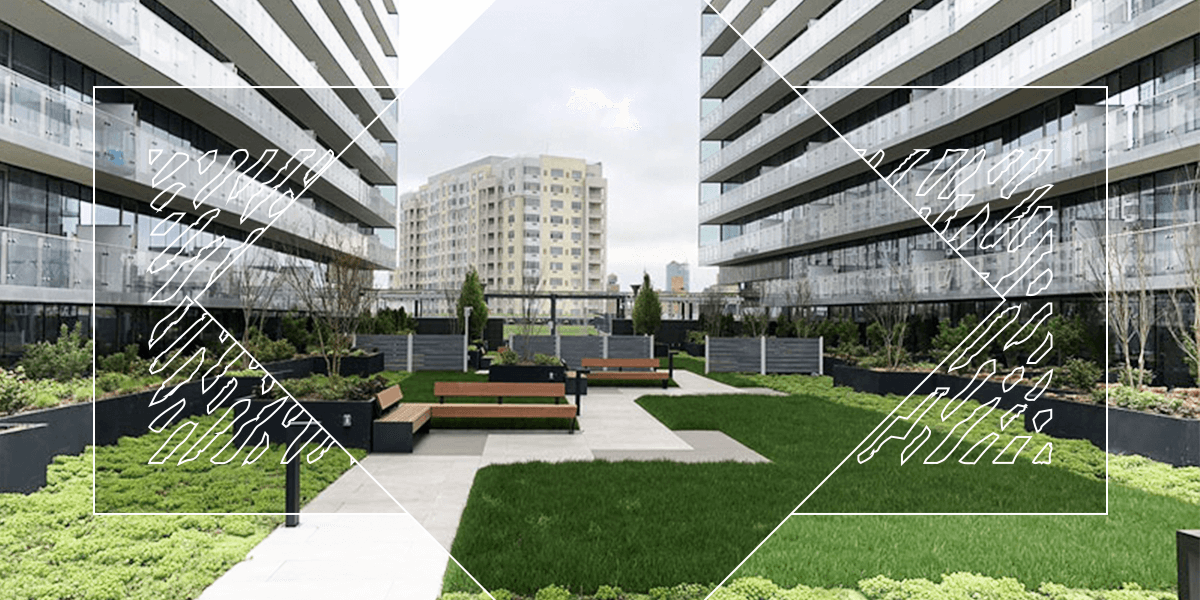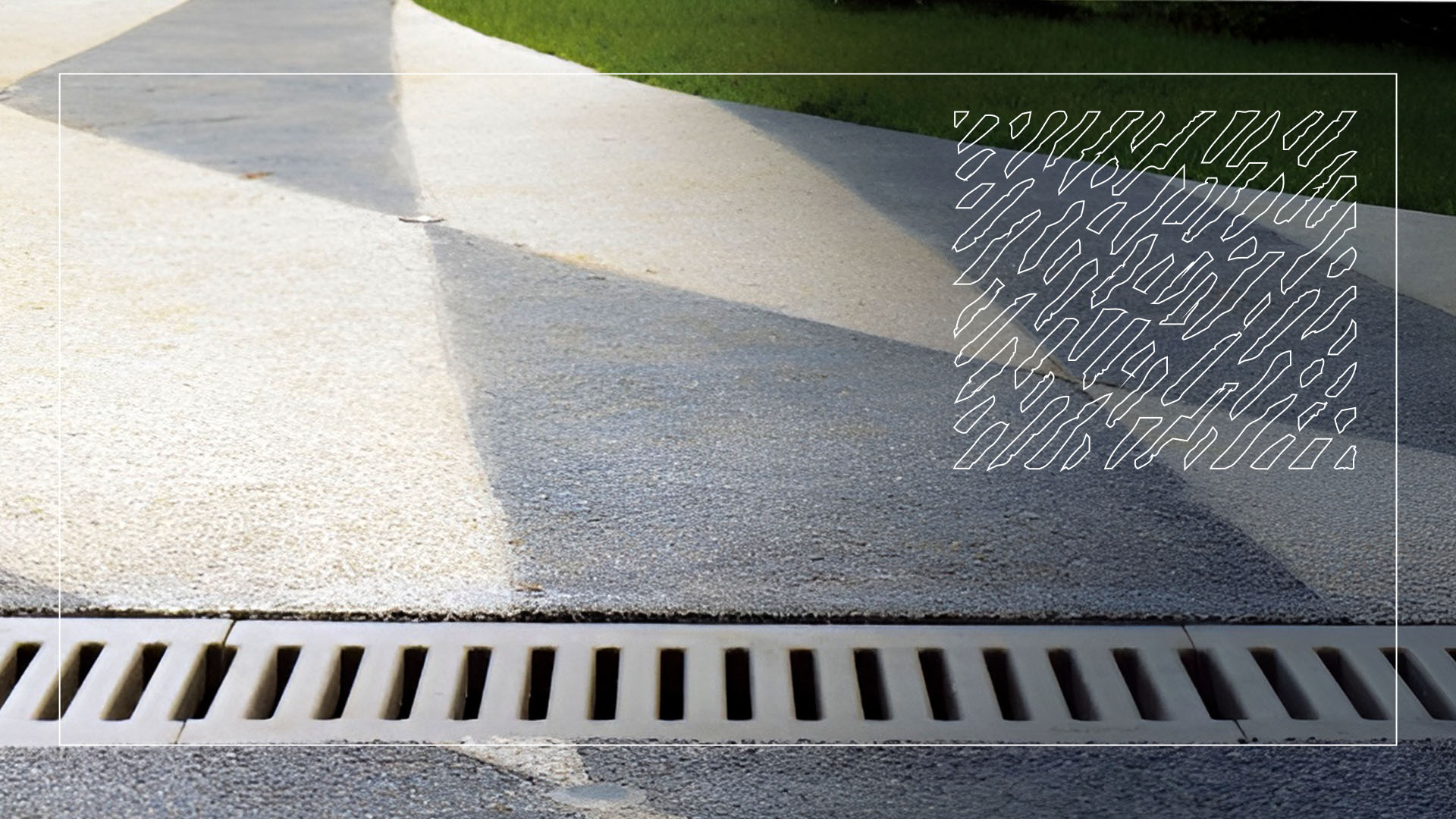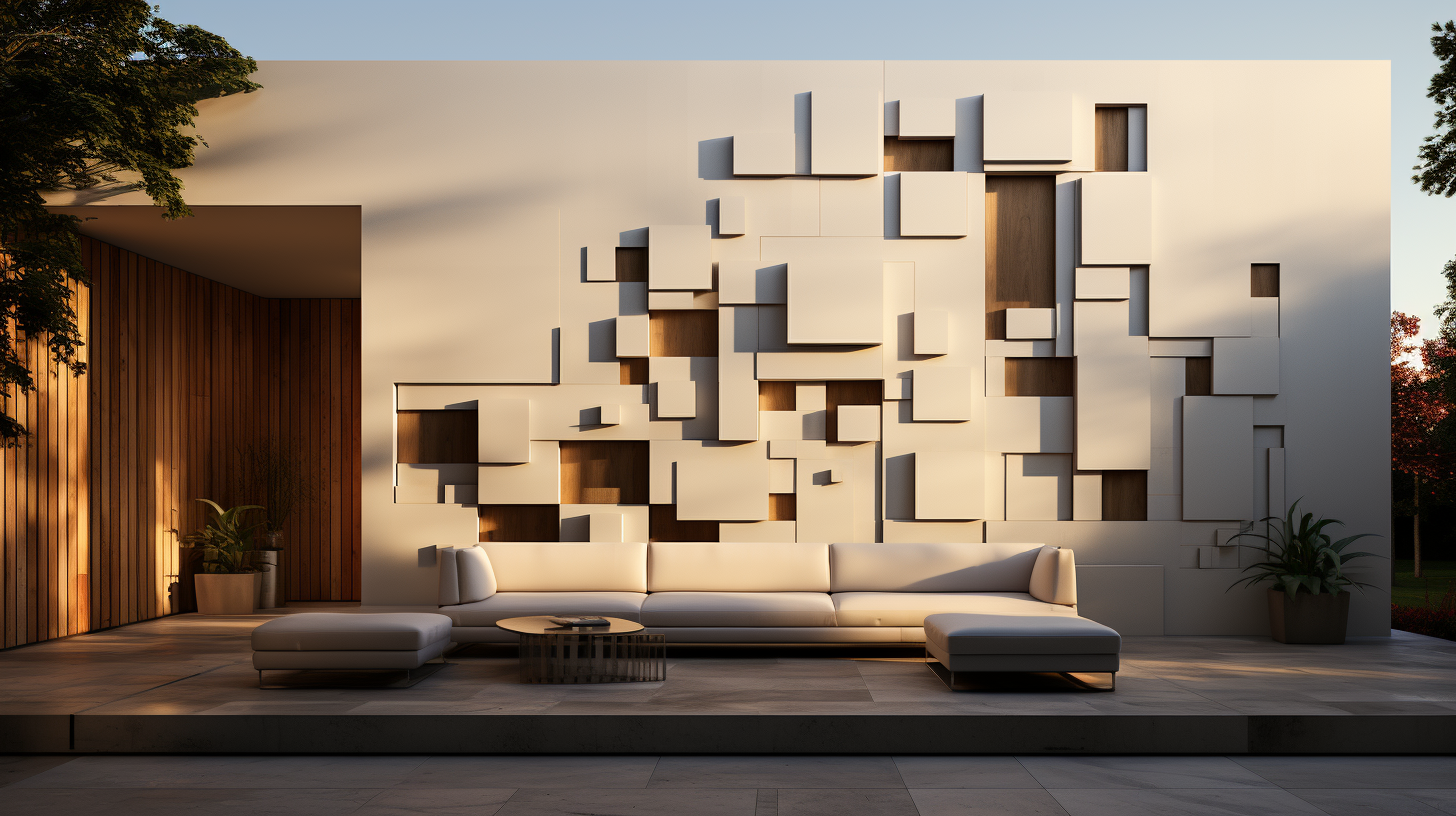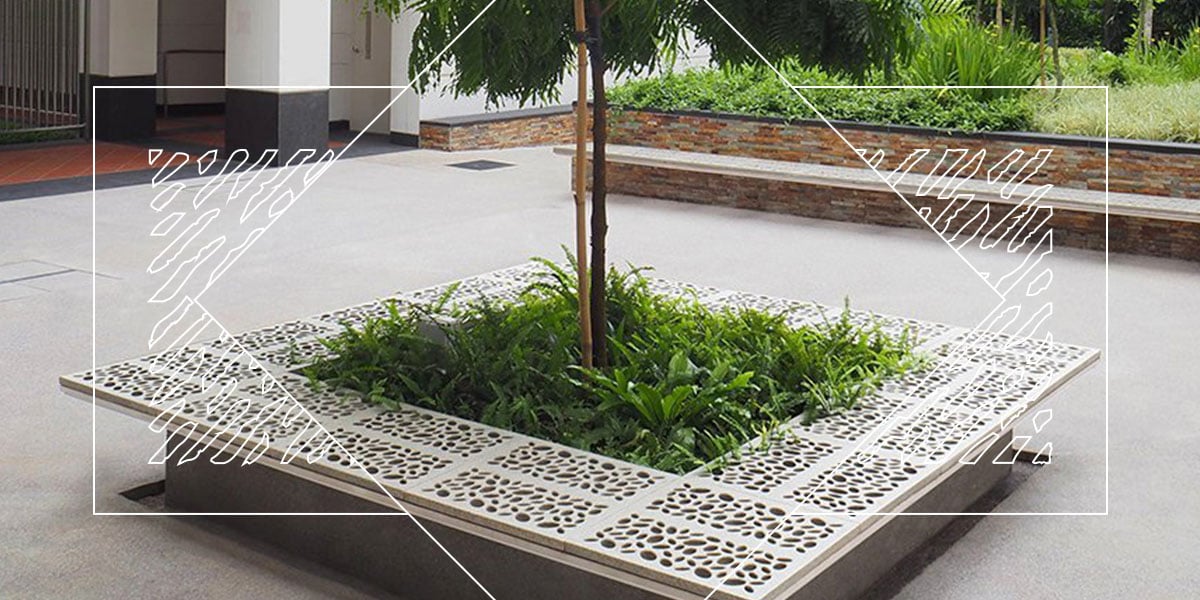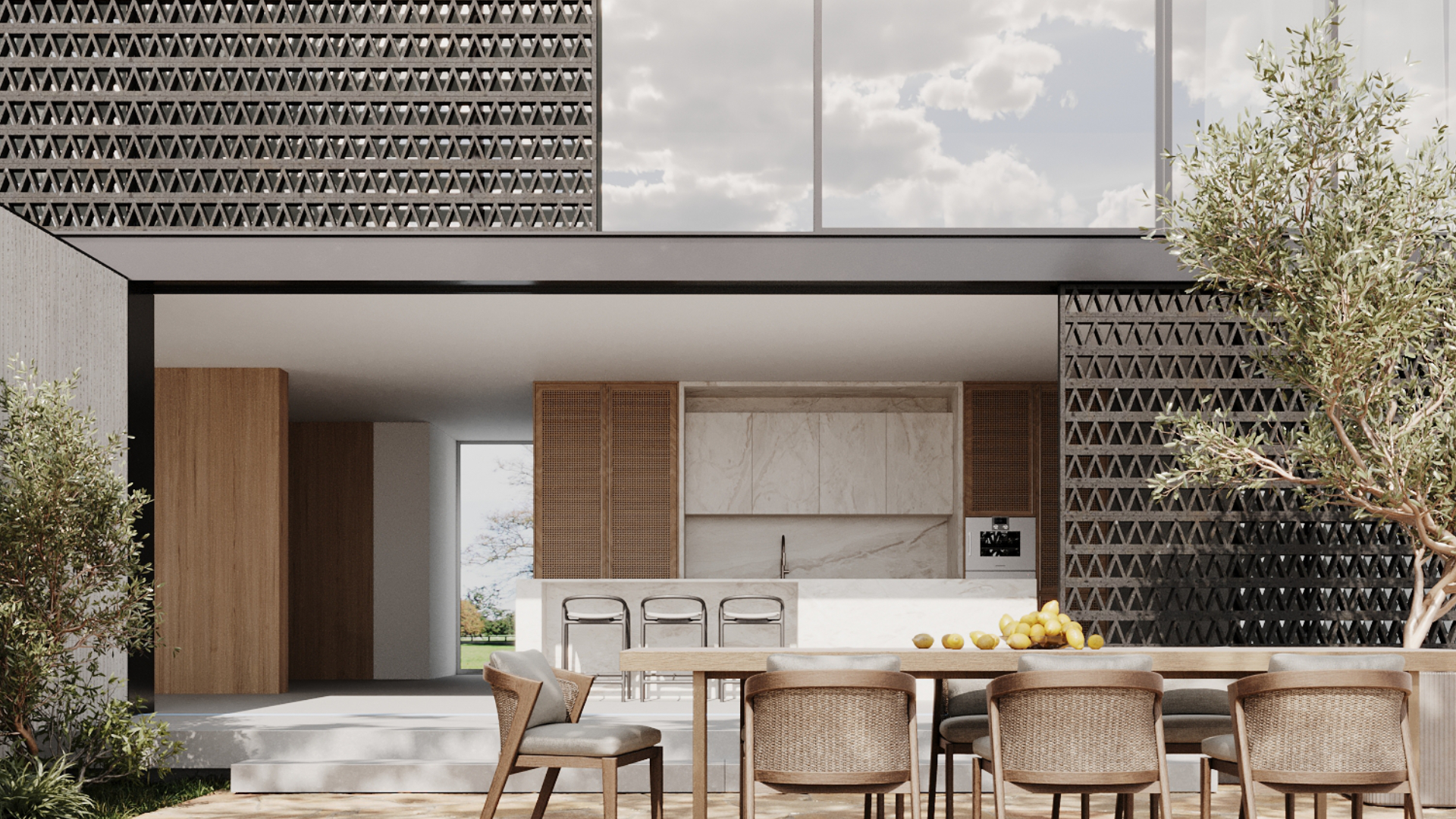Gratings are designed for high impact and high load applications. The most common materials for grates are steel or stone.
Steel gratings are an essential structural component of many builds, particularly in commercial and industrial spaces.
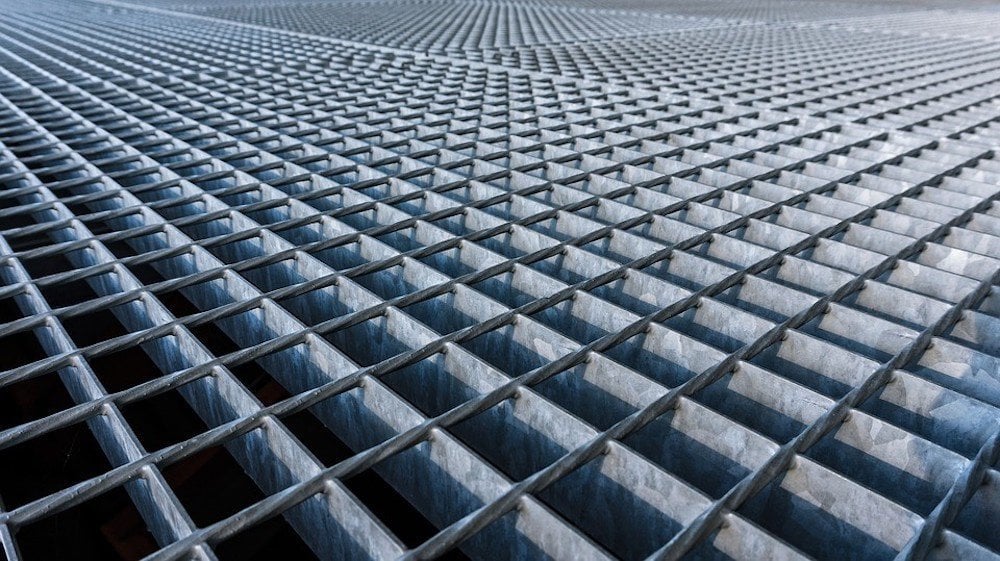
Overall Advantages of Steel Gratings
Steel is used in grating due to the following reasons:
- Strength:
Steel has exceptionally high tensile strength. It is a durable alloy that is made up of active materials that discourage dislocation at an atomic level. - Durability:
Due to its insusceptibility to rot, pests are kept at bay. You can count on steel whether in high heat, extreme cold, gale force winds or torrential rain. - Sustainability:
Steel is one of the world's most recycled materials. It can be melted down and re-fabricated an infinite amount of times without losing its structural integrity and highly sustainable. It has a global recycling rate of 90%. However, some critics have pointed out that the high energy used in melting down the steel for reuse may cause more harm in the long run.
Overall Disadvantages of Steel Gratings
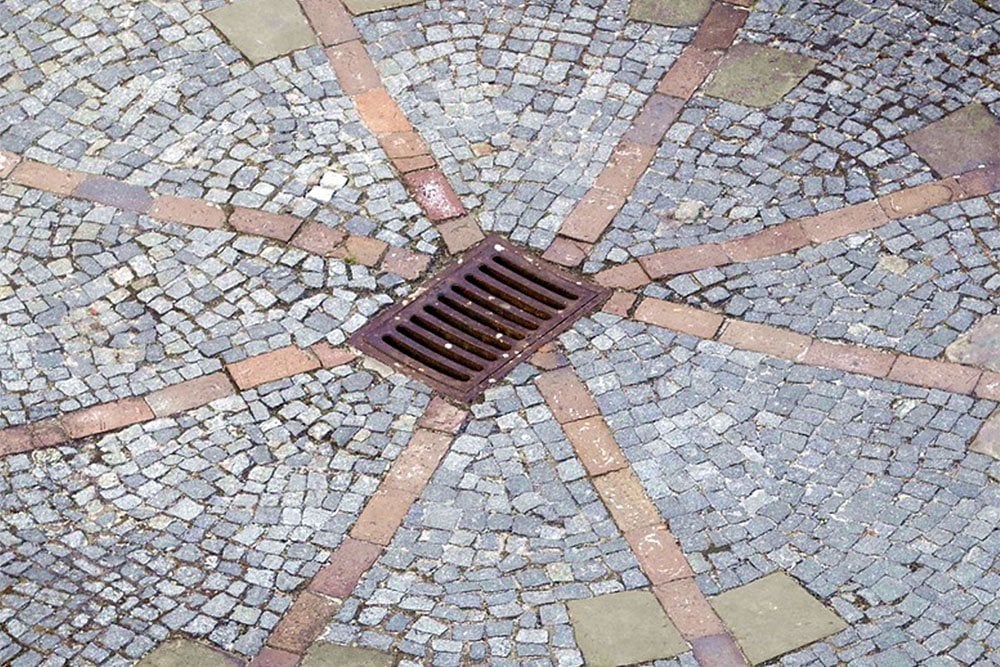
However, there are several downsides to steel gratings, namely:
- Susceptibility to theft:
Due to the rising value in scrap metal globally, steel grates have often become a target for theft. - Susceptibility to rust or extremely expensive:
There are several types of steel grates, all of which are susceptible to rust except for stainless steel or galvanized steel. Maintenance costs will need to be taken into account if replacements are required, as rust weakens the metals grates over time. However, if designers choose stainless steel or galvanized steel, they run into the risk of going over their budgets because these metals are costly. - Slippery surfaces:
Some bumpers and designs may be added to increase friction. However, these steel gratings are still very slippery when wet. - Higher heat absorption:
Due to its metallic properties, steel grates tend to absorb and retain heat rapidly. Steel gratings could lead to an uncomfortable environment for users over prolonged periods, as the ambient temperature could rise as the day passes. - Not aesthetically pleasing:
There are limitations to colors and design applications for steel gratings. The overall perception of steel gratings is also more industrial-looking and less premium-looking.
Types of Steel Gratings
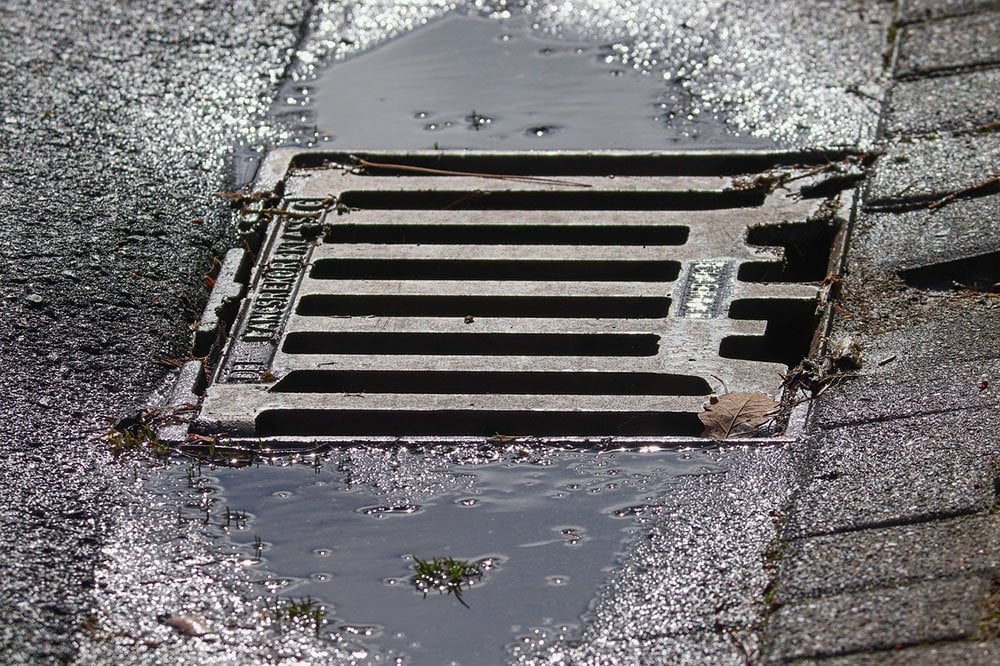
There are five different types of steel gratings, each with their unique applications and benefits. They are:
Stainless Steel Grating
 Stainless steel mesh grille
Stainless steel mesh grilleStainless steel is one of the world's most versatile and valuable materials for many good reasons. It can be used in a variety of ways. It is widely used in bathrooms and toilets due to its sanitary value. Here are the top 5 benefits of stainless steel gratings:
- Strength:
Stainless steel has a force that can be retained at both high and low temperatures. - Cleanliness:
Stainless steel is one of the most hygienic materials because it doesn't support the growth of bacteria. Also, it is effortless to clean. - Corrosion Resistance:
Stainless steel is very hardy because this metal stands up well against corrosion, rust, and water. A protective film over the metal prevents it from reacting with other organic materials. - Recyclability:
Stainless steel can be recycled, which is great for sustainability efforts. - Durability:
Due to its strength and resistance to corrosion, stainless steel is very durable.
However, as most already know, its biggest drawback is that stainless steel is extremely expensive and will not be feasible for most applications. On top of that, as with other metal grates, stainless steel grates absorb heat rapidly, causing heat rings and may raise ambient temperature artificially.
Cast Iron Grating
Cast iron grating is an excellent and economical material that we use in areas where heavy or light wheel loads. It exhibits excellent corrosion resistance in the road wear area but is susceptible to rust. Also, due to its rising scrap values in recent years, it is highly vulnerable to theft.
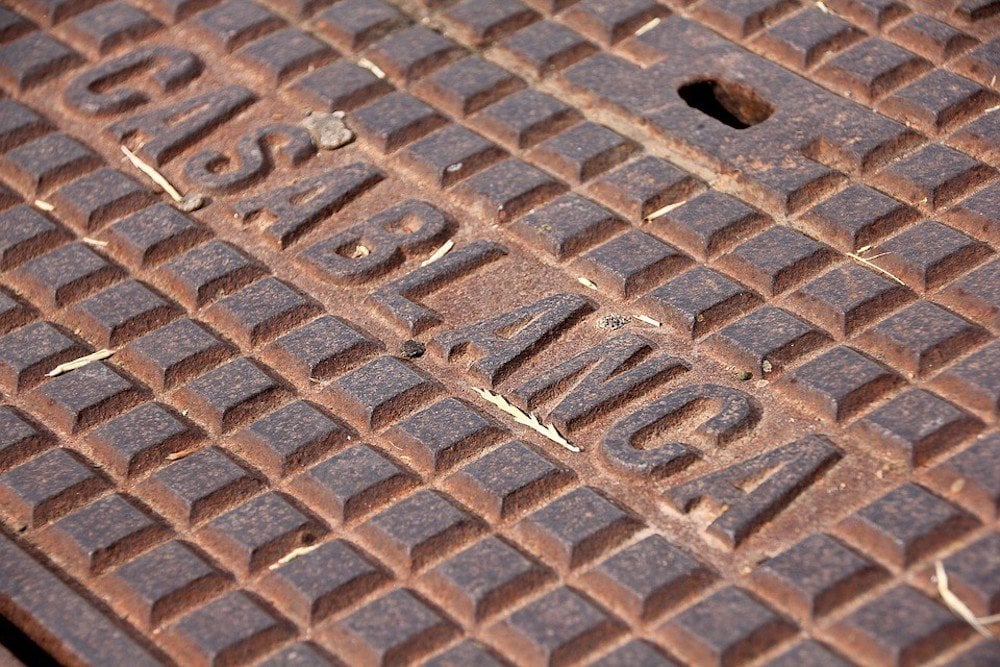
Mild Steel Grating
These gratings can be used in many different ways. It can keep many chosen structures clean and tidy. However, it has weak tensile strength compared to its counterparts.
Galvanised Steel Grating
Galvanized steel gratings have a glossy look and finish. It is ideal for industrial purposes because of its advantages. Here are some benefits of galvanized steel gratings:
- Extended Service Life:
Galvanized steel gratings can last for more than 30 years, even when exposed to the most corrosive environment. - Maintenance Costs:
Its maintenance costs are relatively low because it doesn't need painting and further maintenance. - Scratch Protection:
Galvanized steel grates are protected from scratches or abrasion when they come into physical contact with machinery or footfall. - Adaptability:
This grating could be applied to any structure of any shape and size.
However, it is costly and does not look aesthetically pleasing compared to stone gratings.
Aluminum Grating
Aluminum grating is an ideal choice as it is a lightweight and corrosion-resistant material. We use aluminum for a variety of industrial applications due to its versatility and durability. Again, aesthetics is the main issue with architects.
Overall Advantages of Stone Gratings
Steel gratings are the most common form of gratings in the world today. However, many architects are increasingly choosing to use stone gratings over steel grating because of its dramatic style and beautiful aesthetics. With stone gratings, designs can achieve the following effects:
- Rust and corrosion prevention
- Absorb less heat
- Sustain load specification
- Achieve greater slip-resistance
- Less susceptible to theft
Types of Stone Gratings
There are three types of stone gratings, each with their strengths, weaknesses, and applications.
Natural Stone Slabs
Natural stone is quarried from the earth and has gone through many natural changes over time. It comes in various shapes, sizes, colors, textures, and patterns. It’s most commonly found in ancient or medieval structures. Natural stone slabs are gorgeous, but the downside of this stone is its strength and load-bearing properties.
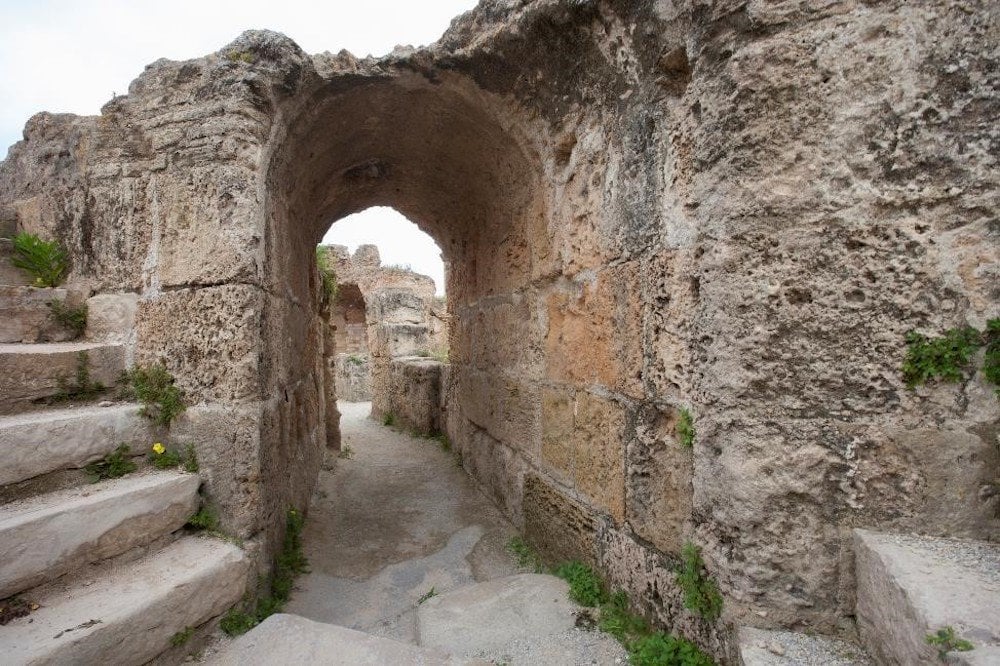
Cast Stone
Cast stone, also known as reconstructed stone, is a type of precast concrete design.
Using cast stone can achieve the following benefits:
- Freedom of Design:
Cast stone can complement brickwork, natural stone, or rendering. Almost any three-dimensional geometric form can be obtained. It allows designers to incorporate elegant curves and straight-edge features into their design freely. Additional details such as brick effects, channels, and many squared, beveled or radius edges can be added. - Replication of Existing Units and Features:
Molds can be created to replicate existing stone features where a building is being restored or extended.
However, cast stone is relatively weak and cannot withstand high loads due to its inherently more fragile nature. Hence, its function is more for the addition of aesthetics, rather than functional purposes. Such as the creation of walkways over drains.
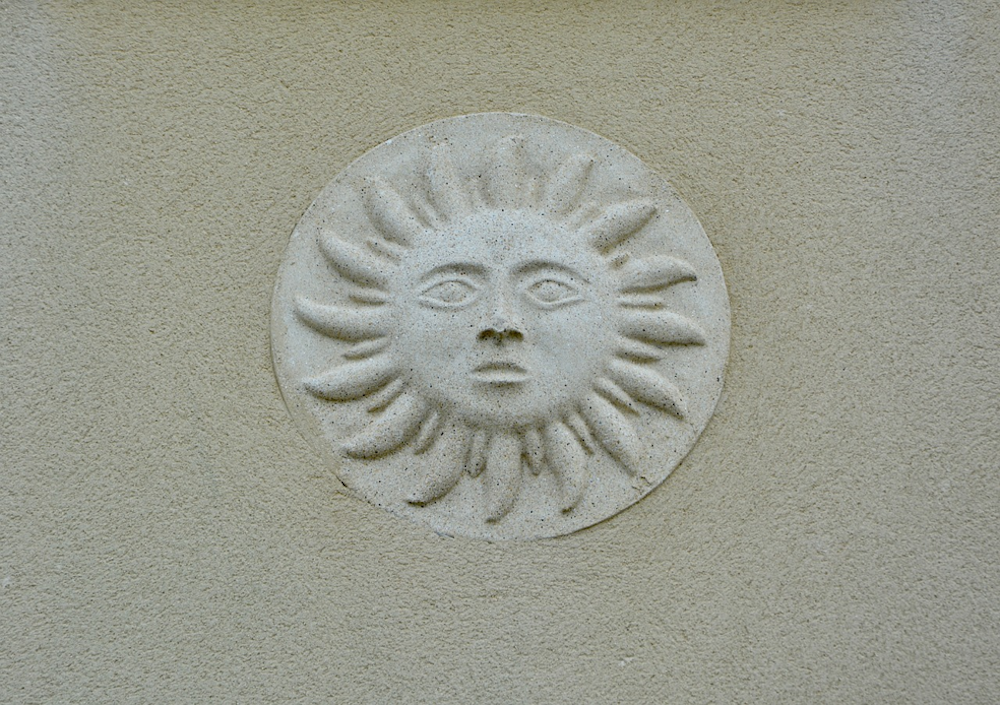
Reinforced Reconstituted Stone (Also known as Reinforced Stone)
Jonite’s stone gratings, the product of breakthrough and innovative technology perfected by a committed research team, fall under this category. Made of a composite of natural stone with hybrid polymers, it is attractive and cost-efficient. Here are its main benefits.
- Colour Matching:
Standard colors are available for matches in natural stone while non-standard colors can be created following the designer’s requirements. - Added Value and Style to Prestigious Developments:
The usage of reinforced reconstituted stone enhances the value of properties because of the premium look and finish it provides as an alternative to steel gratings. - Cost-Effective and Efficient:
Reinforced reconstituted stone is much more cost-efficient in comparison with high-end, natural quarried stone. - Efficiency/Save Time:
Reinforced reconstituted stone can be delivered to the site on agreed schedules with relatively short lead times. Jonite’s inventory of grates is kept to a minimum, and just-in-time production methods are employed. - Quality Consistency/Reduce Project Risk:
Reinforced reconstituted stone helps to reduce project risk and keep a schedule on target. Products are manufactured in a factory environment with strict quality assurance procedures and under strictly controlled conditions with a very consistent quality of color. - Impressive Loading Performance:
As this material can be reinforced for added tensile strength, reinforced reconstituted stone gratings can withstand high loading requirements. Some models can withstand heavy vehicular loads of more than 40 tonnes. - Increased Safety with Slip Resistance:
Reinforced reconstituted stone has a natural slip resistance because of the textured finishing post-production process. An essential trait for places where water is prevalent.
Concluding Remarks
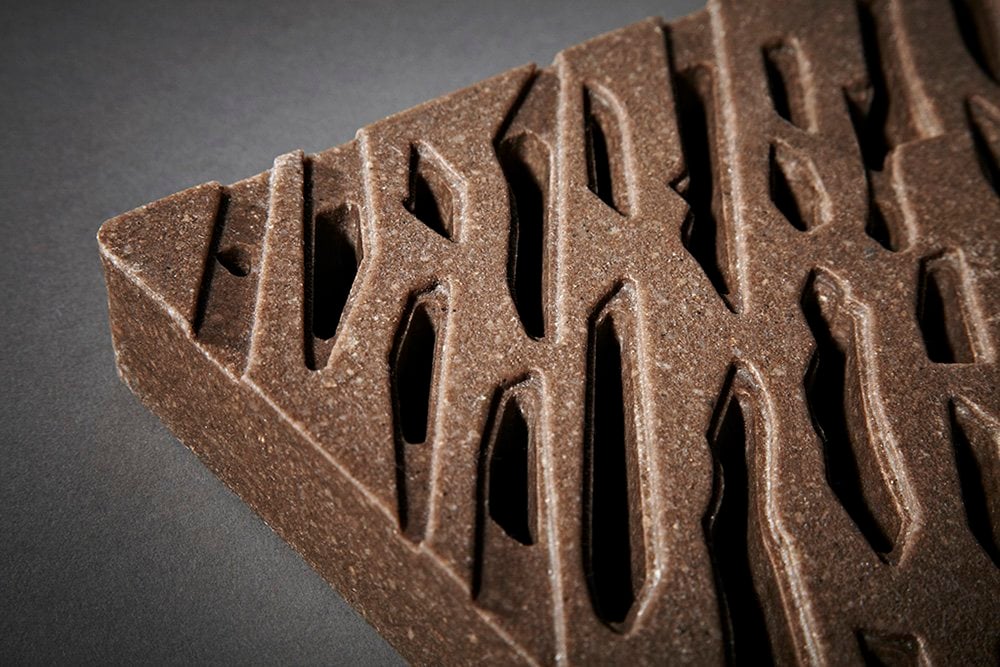
Stone gratings and steel gratings both have their distinct advantages. Understand the costs involved and what your design requires to come alive — interested in using reinforced stone grates and panels for your next project? Have a chat with our experienced sales team to receive more information or read more about our insights into architecture, hardscape design materials, and more by checking in here regularly.




